Learn how to perfectly poach an egg every time! With their firm whites and runny yolks, poached eggs are ideal for breakfast, brunch, breakfast for dinner, and/or simply a finishing touch for other dishes.
Rosie’s started as a pandemic-era pop-up restaurant that quickly has become the must-try brunch spot. Chef Akino West was named a 2023 James Beard Award semifinal spot. I’ve been dreaming about his Lemon Ricotta Pancakes and Wild Mushroom Polenta ever since I tried them! The wild mushroom polenta additionally has a poached egg with charred kale that is my inspiration for perfecting how to poach an egg. Many eggs were tested, however, none were wasted.
Poaching an egg many not seem that hard to do, however, there is a learning curve in getting the technique just right. Once there once was a time eggs were not my favorite, however, I’m glad to say that over the past few years I’ve started to embrace eggs in all forms. Hard-boiled eggs, Scrambled Eggs, and baked eggs are a great way to add protein to your meal.
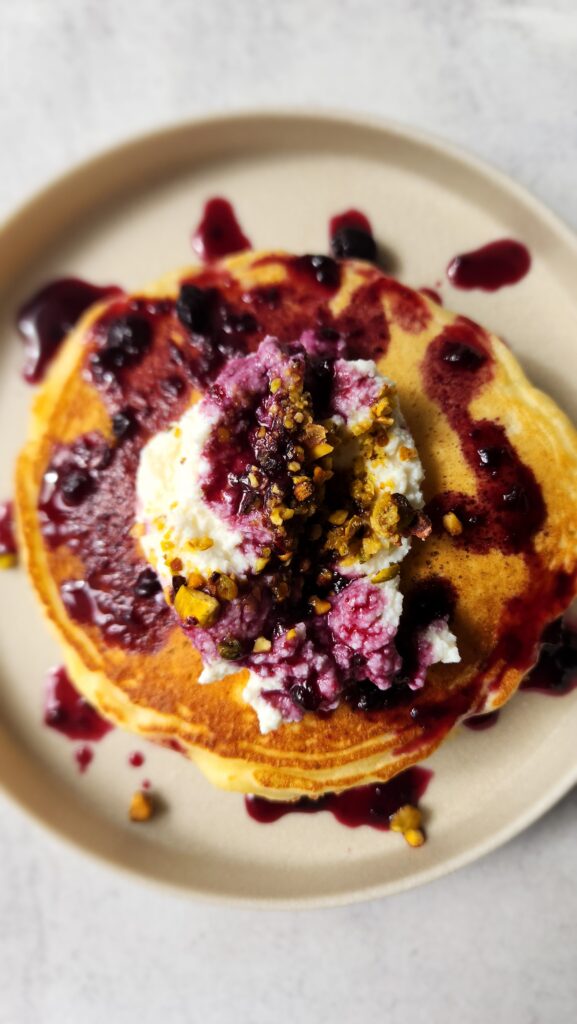


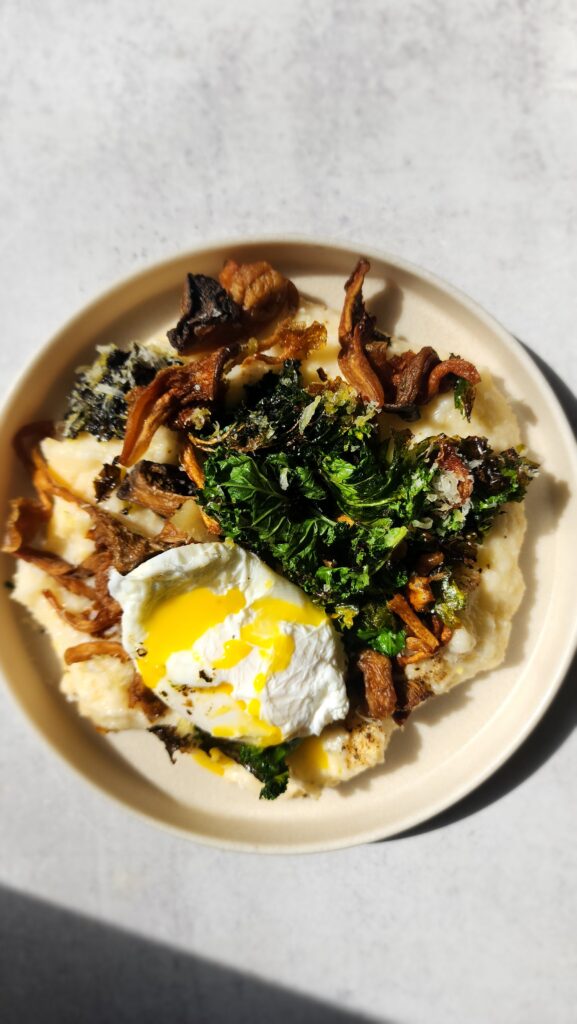

How To Poach an Egg
- Boil a large pot of water to a rolling boil and reduce the heat to low and/or turn off the heat.
- Crack an egg in a fine mesh sieve over a small bowl allowing the excess whites to be removed.
- Transfer the egg to a small ramekin or bowl.
- Add one tablespoon of vinegar to the pot and stir to create a vortex. *Vinegar is optional. Create a vortex if cooking only one egg.
- Pour the egg from the ramekin into the middle of the vortex and set a timer for 3 minutes.
- Remove the egg with a slotted spoon and then dab with a paper towel which removes any excess water. Eat immediately and enjoy!
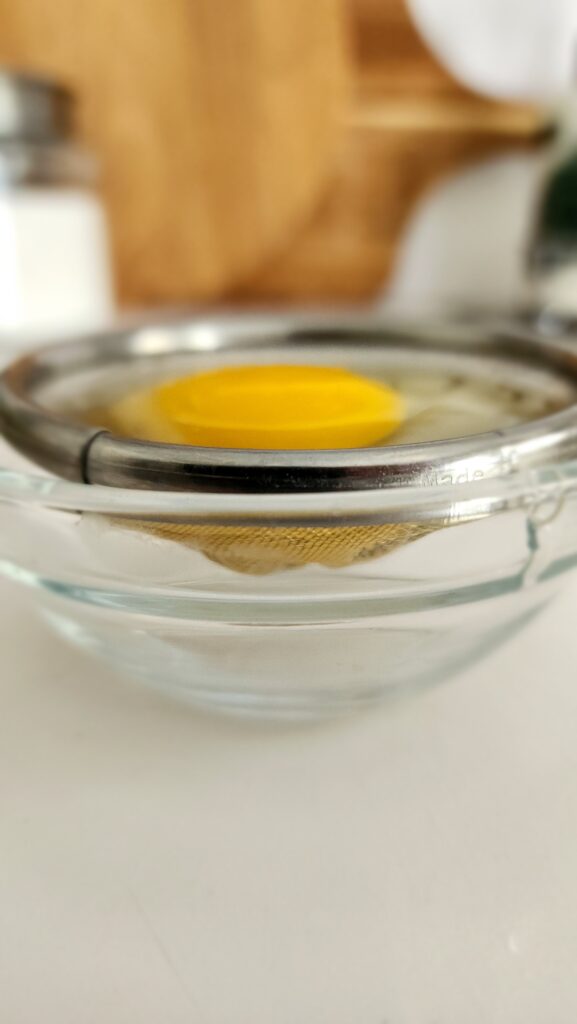

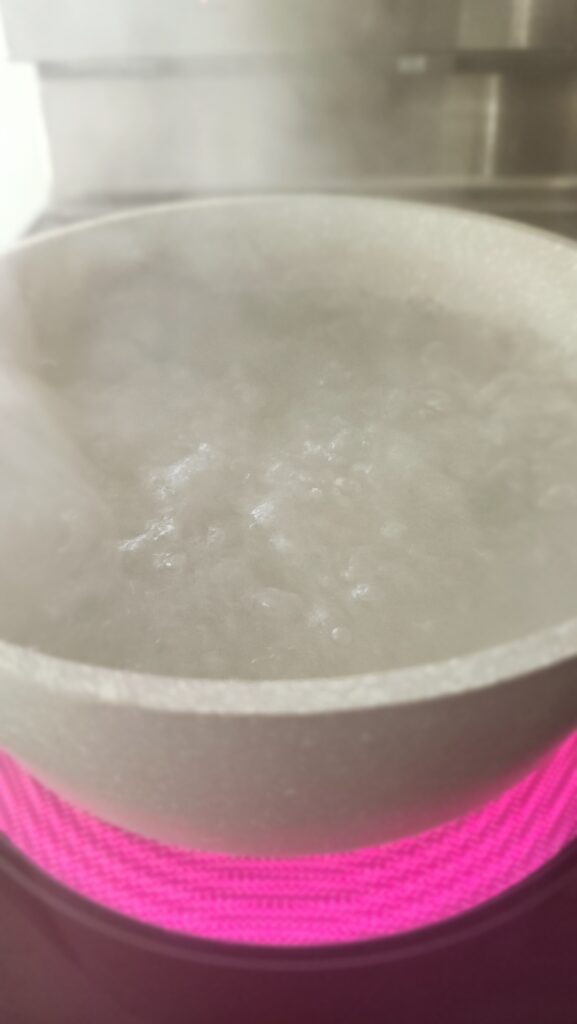

Tips for How To Poach an Egg
Salt is commonly added to water when cooking, however, when poaching an egg, the salt can create more white wispy bits. Salt increases the density of the water making the egg whites float and spread out and therefore the end result is a not-so-pretty poached egg.
You’d have to add a TON of vinegar for the taste to transfer. Add just a tablespoon of vinegar to the water, however, it is optional. Vinegar helps keep the egg white together and therefore improves the shape of your poached egg.
Many swear this is the best method for poaching an egg, however, I found this method works best if you’re making one egg and not multiple. The swirling method creates a more spherical shape because the egg white is able to wrap around itself.
Equipment for Poaching an Egg
In all my ‘research’ this was an added step in most recipes. The ramekin or small bowl ensures that not only is your egg cracked properly (no broken yolk) but also ensuring there’s no shell in the egg.
I tested multiple methods for poaching an egg, however, hands down this is the BEST tip that I can give you. After an egg is cracked there’s a firmer white and more liquid white. It’s this liquid white that creates wispy white floaters that we don’t want. Add the egg to a fine mesh sieve/strainer and the thinner, more liquid white will be removed which leaves the firmer white to envelop the yolk.
A regular pot is 4-inches deep, and a sauté pan is 2-inches deep. A deeper pot produces the teardrop shape. As the egg drops into the water, the yolk sinks first and the white is able to trail behind. Shallow pots can be used; however, the egg’s shape will be flatter similar to a fried egg.
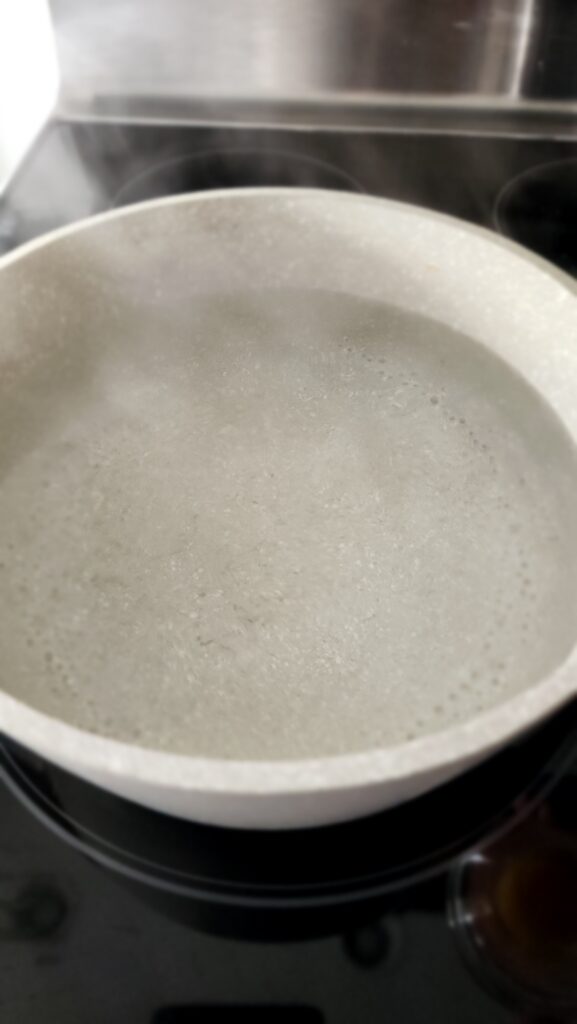

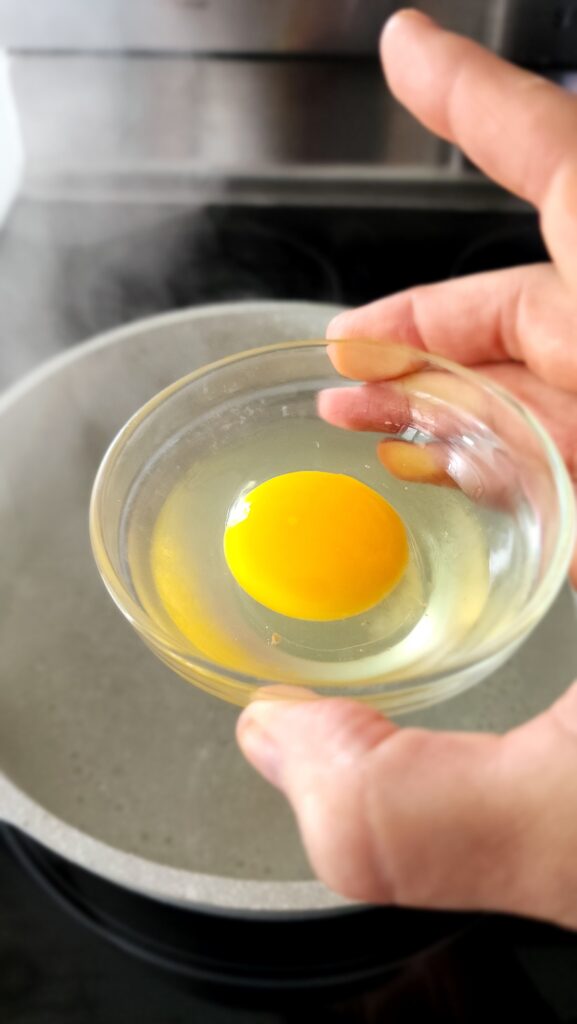

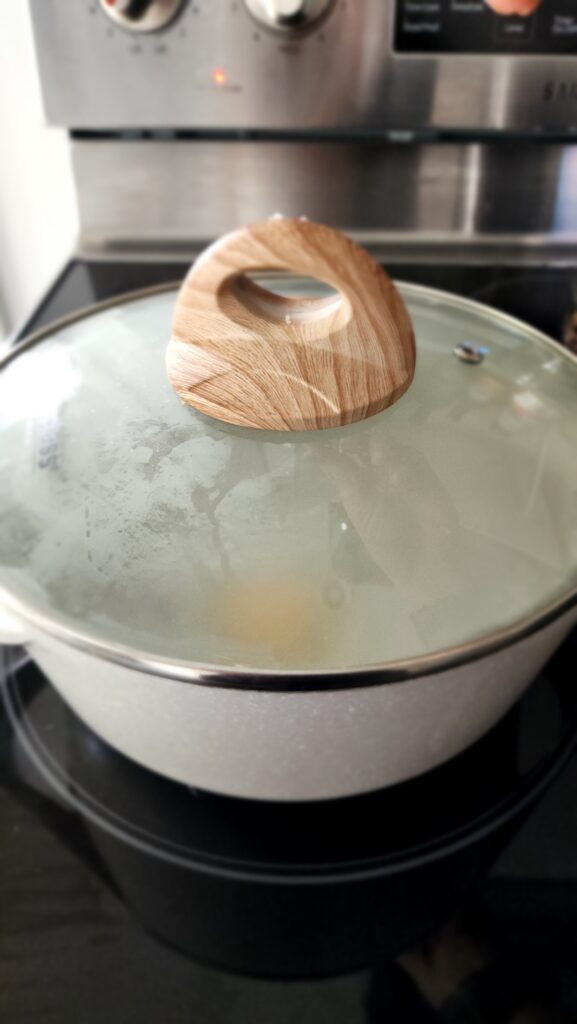

Fresh Eggs Are Best
The best eggs for perfectly poached eggs are fresh eggs. Fresh eggs have firmer whites, less liquidy whites and will hold their spherical shape better. Ideally, purchase your eggs on the morning you’ll be poaching them. It’s understandable that this might not be the case, however, if you use the tips above you’ve still got the best shot at making a perfectly poached egg.
Other Egg Recipes
Print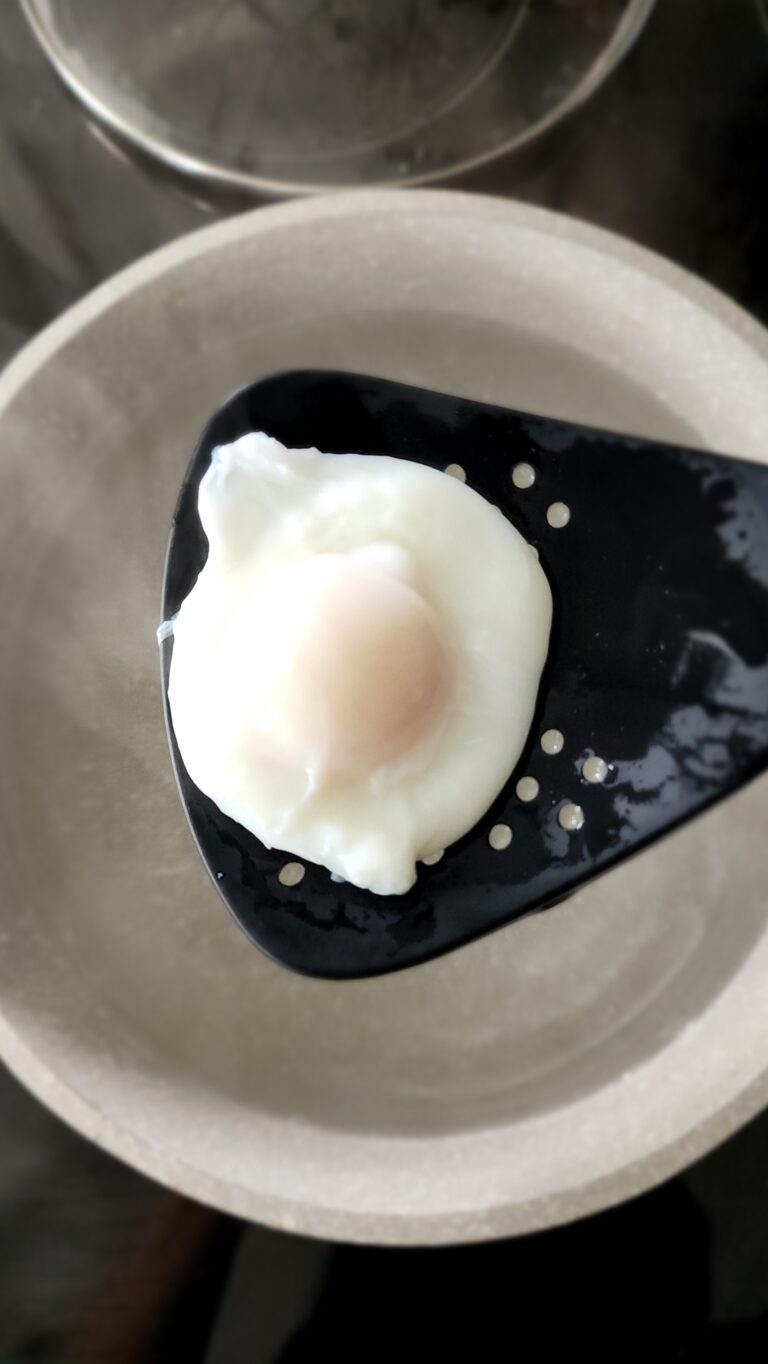

How To Poach An Egg
5 Stars 4 Stars 3 Stars 2 Stars 1 Star
5 from 1 review
Learn how to perfectly poach an egg every time! With their firm whites and runny yolks, poached eggs are ideal for breakfast, brunch, breakfast for dinner, and/or simply a finishing touch for other dishes.
- Total Time: 5 minutes
- Yield: 1 1x
Ingredients
- 1 egg
- 1 tablespoon vinegar, *optional
Instructions
- Boil a large pot of water to a rolling boil and then reduce the heat to low and/or turn off the heat.
- Crack an egg in a fine mesh sieve over a small bowl allowing the excess whites to be removed.
- Transfer the egg to a small ramekin or bowl.
- Add one tablespoon of vinegar to the pot and stir to create a vortex. *Vinegar is optional. Create a vortex if cooking only one egg.
- Pour the egg from the ramekin into the middle of the vortex and set a timer for 3 minutes.
- Remove the egg with a slotted spoon. Dab with a paper towel to remove excess water. Eat immediately and enjoy!
- Author: Amy’s Nutrition Kitchen
- Prep Time: 2
- Cook Time: 3
- Category: Breakfast
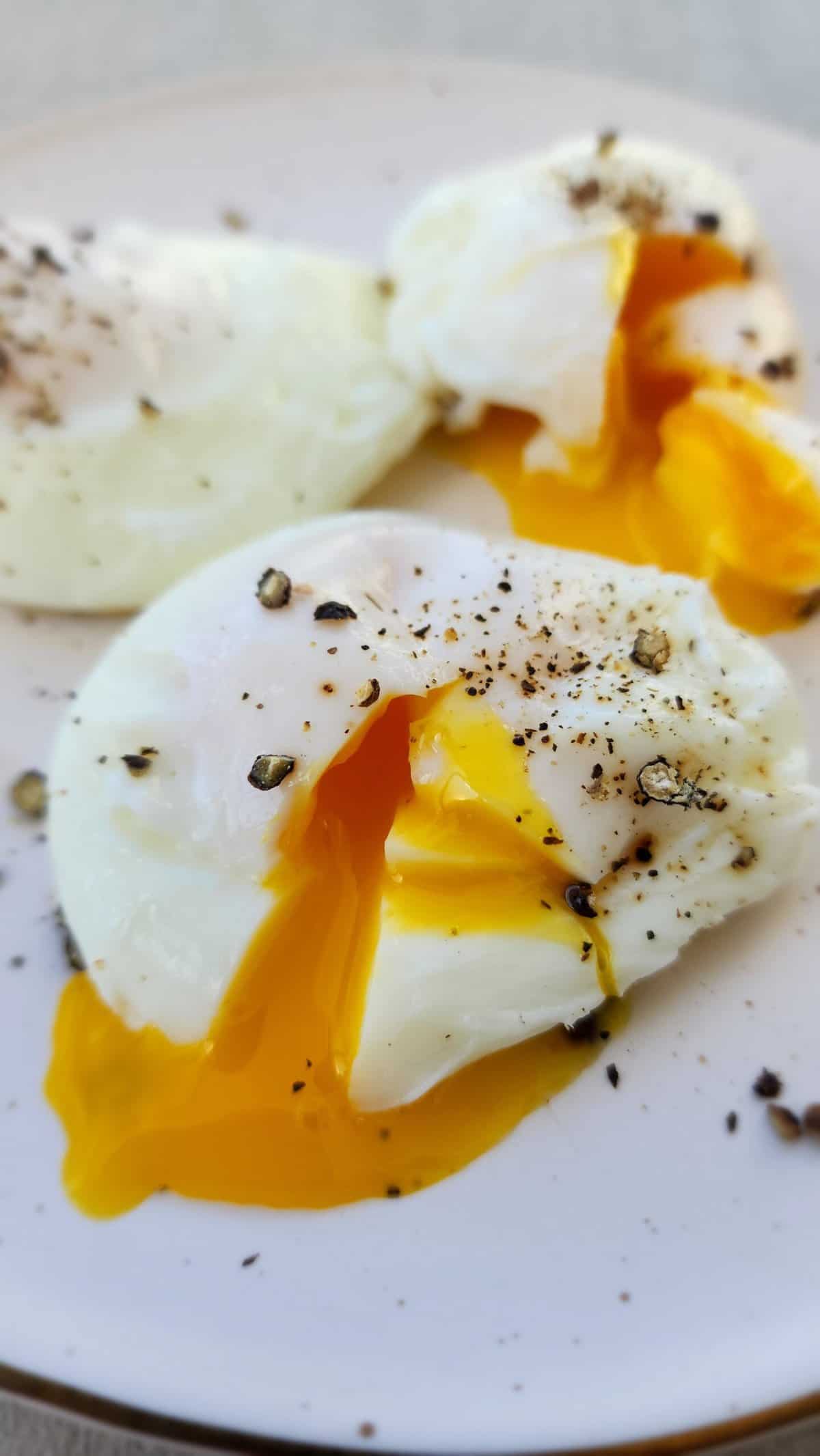


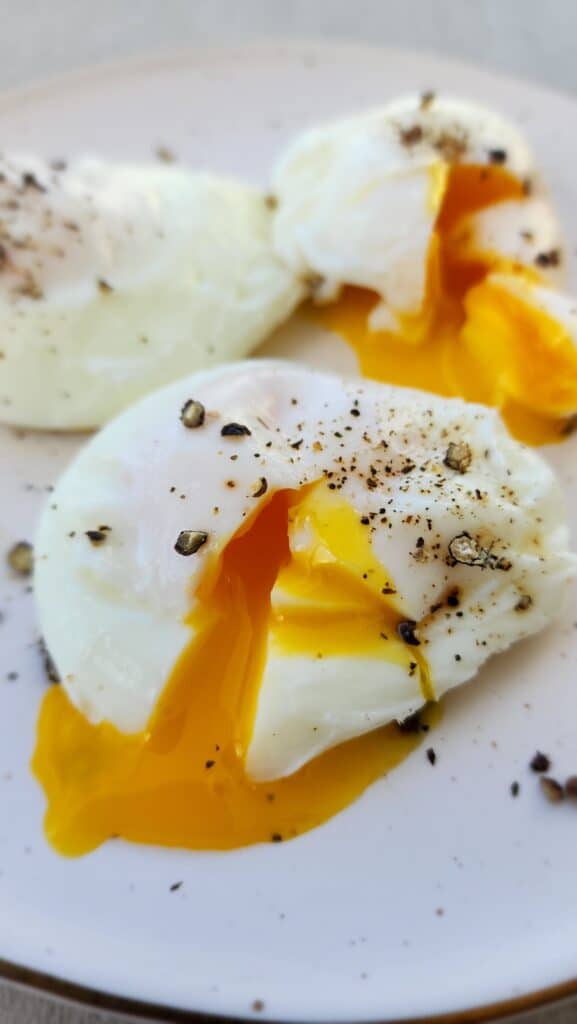



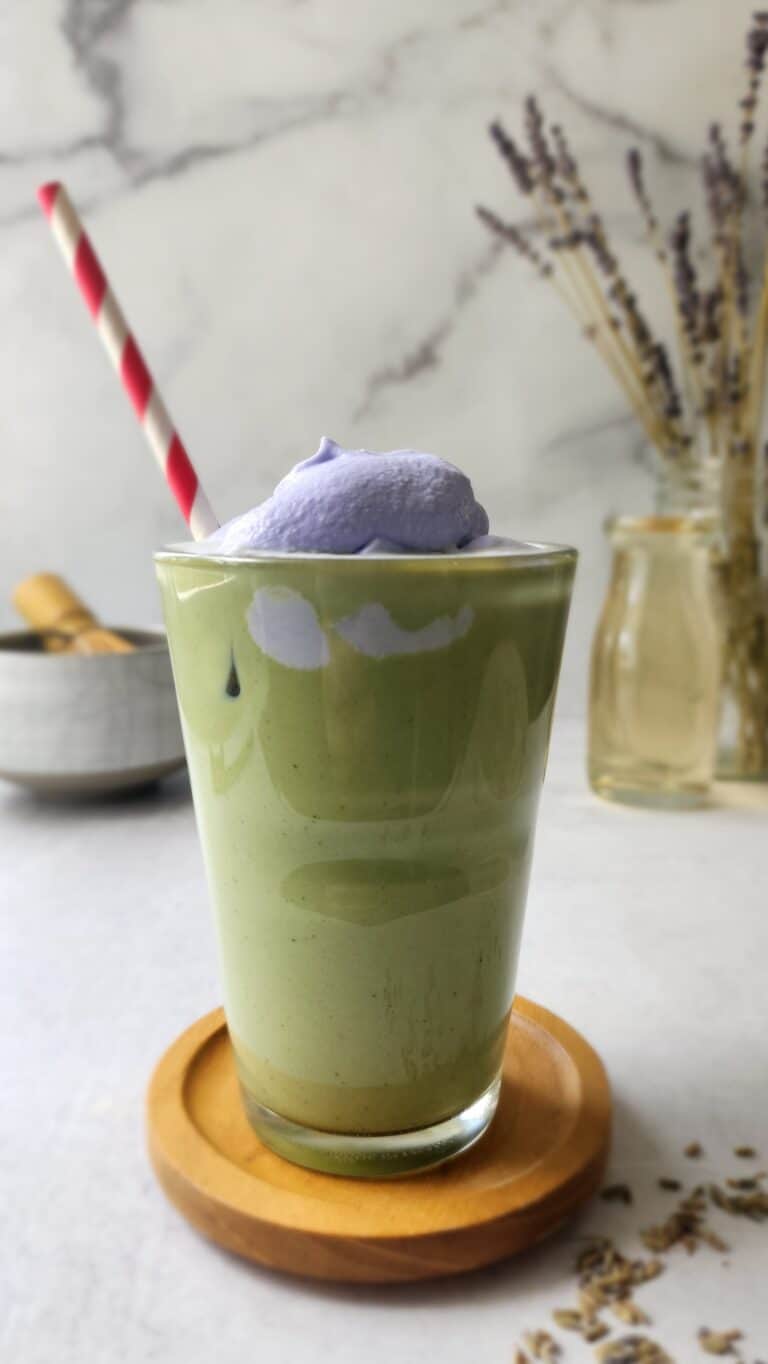
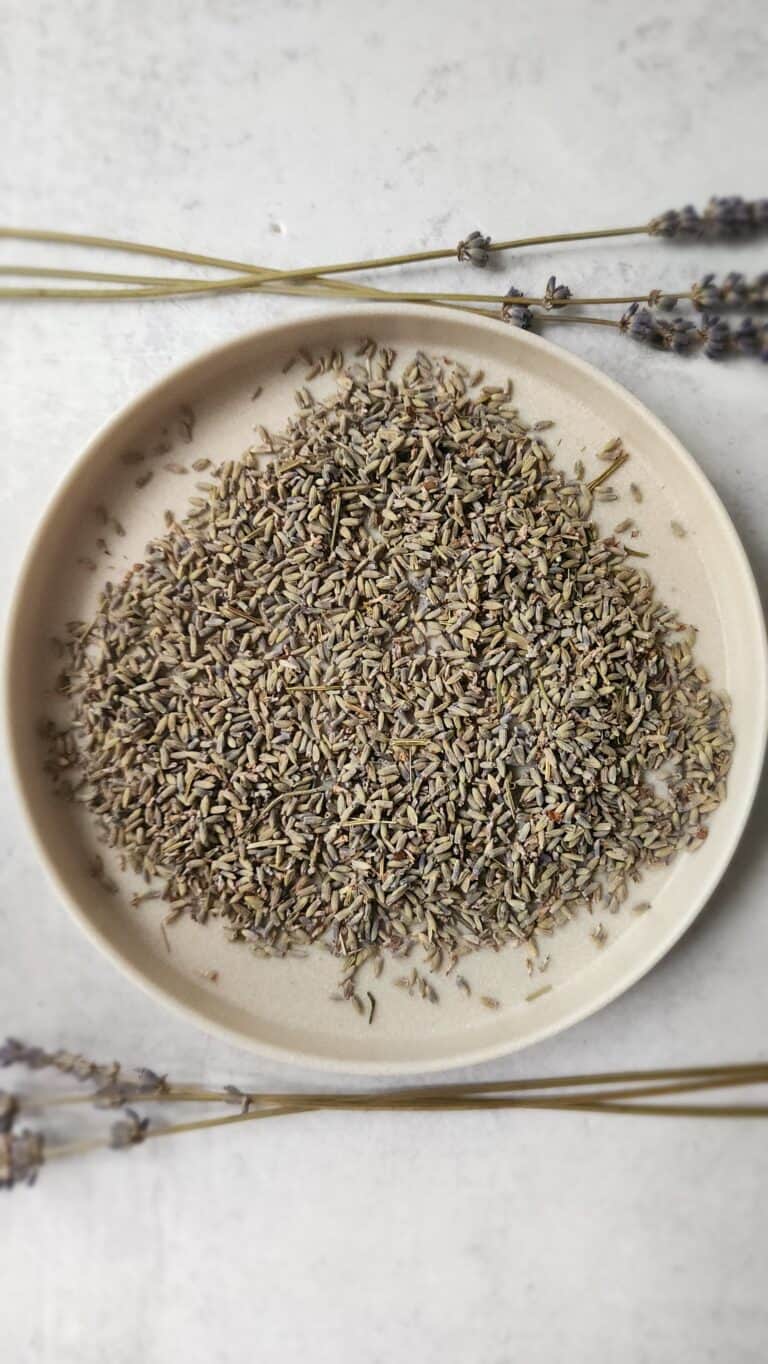

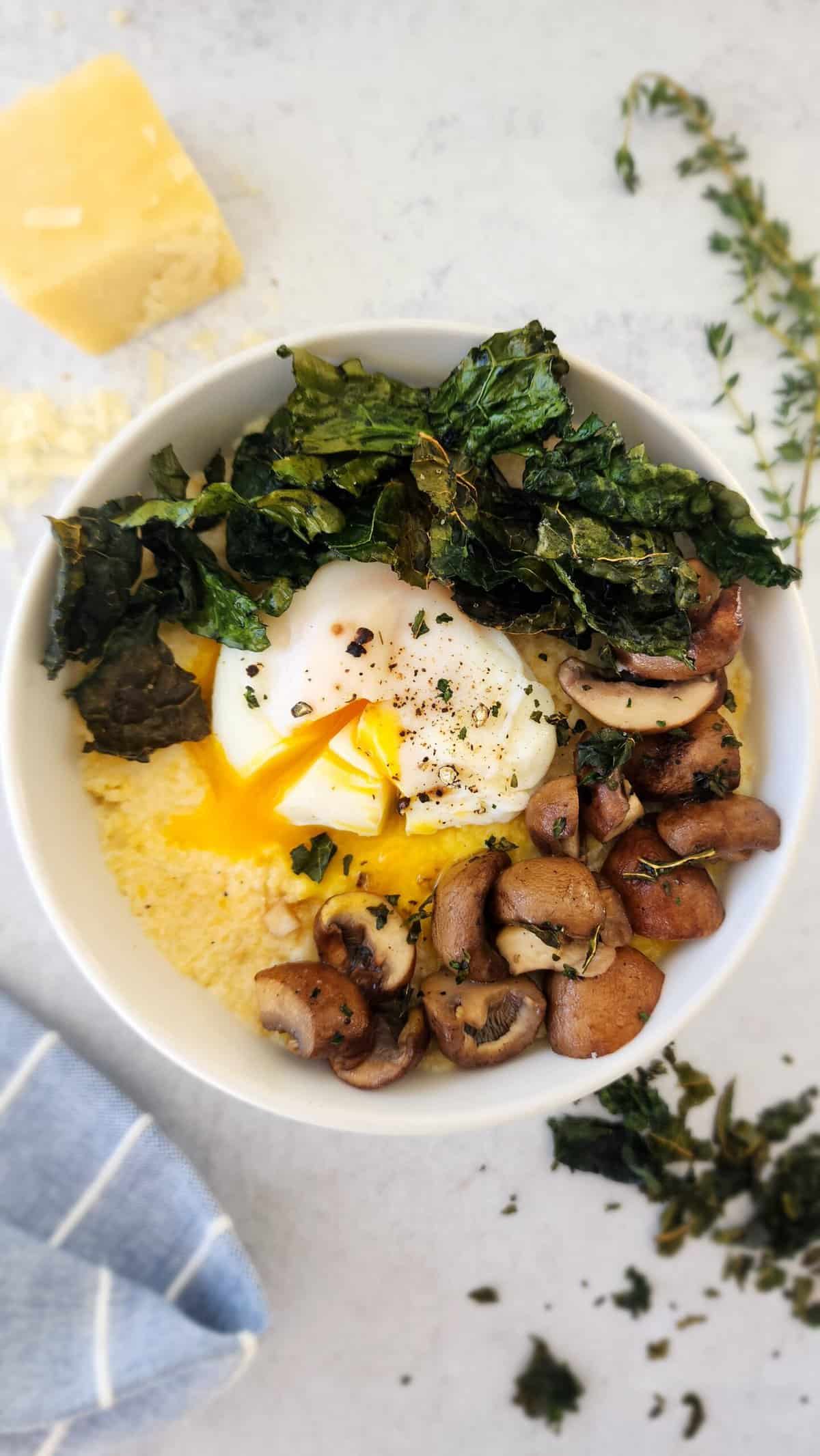
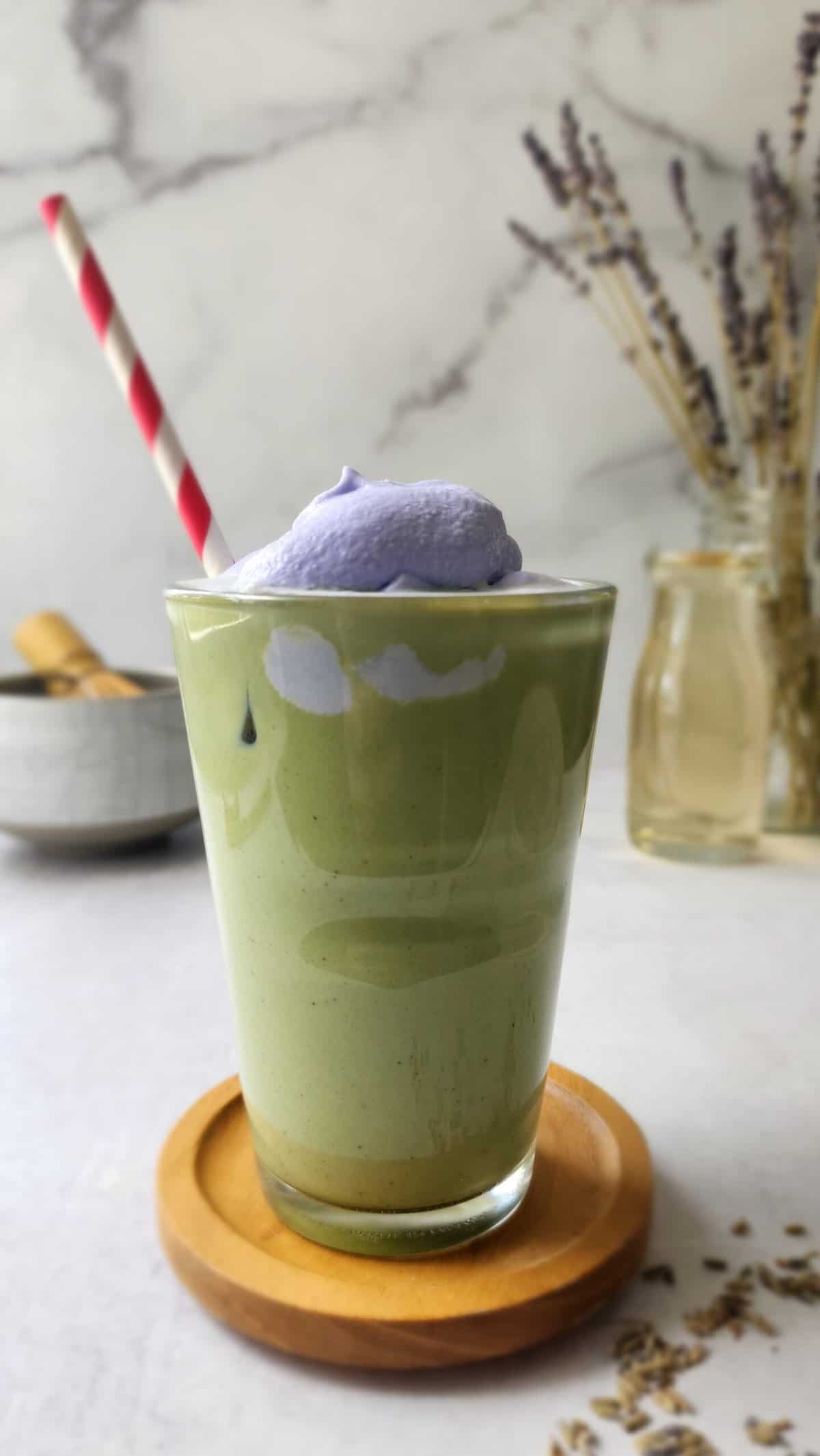
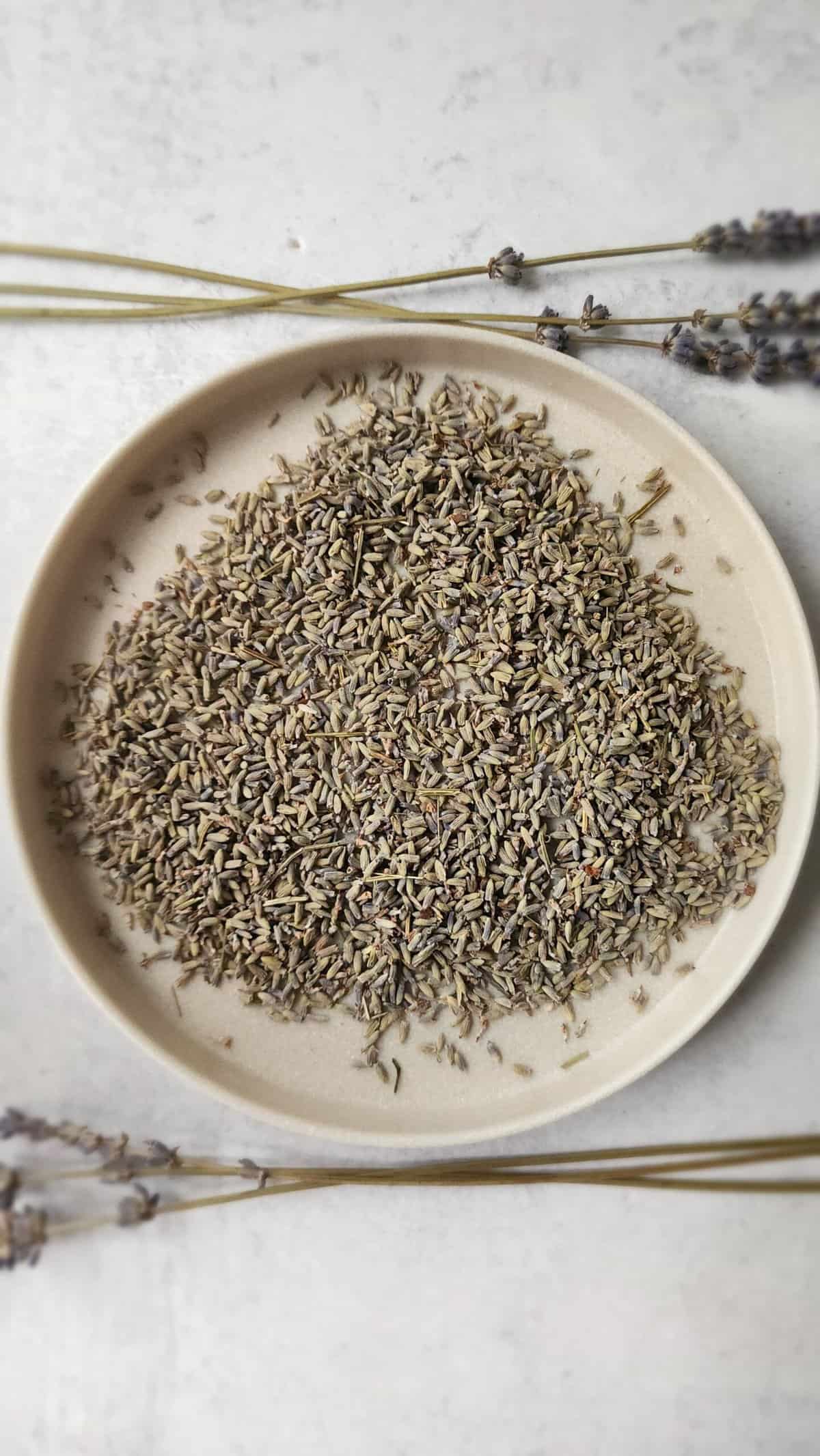
1 thought on “How To Poach An Egg”
I’ve always wondered if I needed a special tool – hate having extra kitchen tools if I don’t need to – thanks for all the tips and tricks!